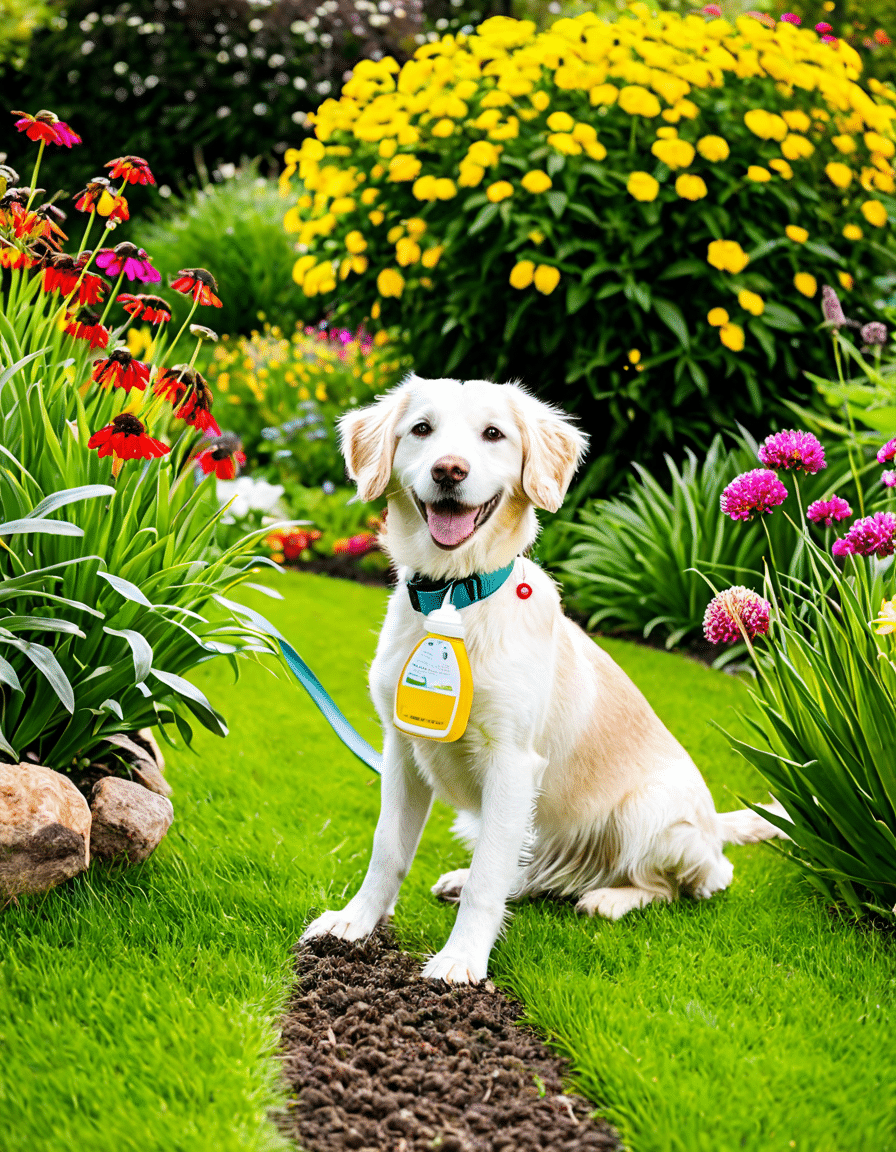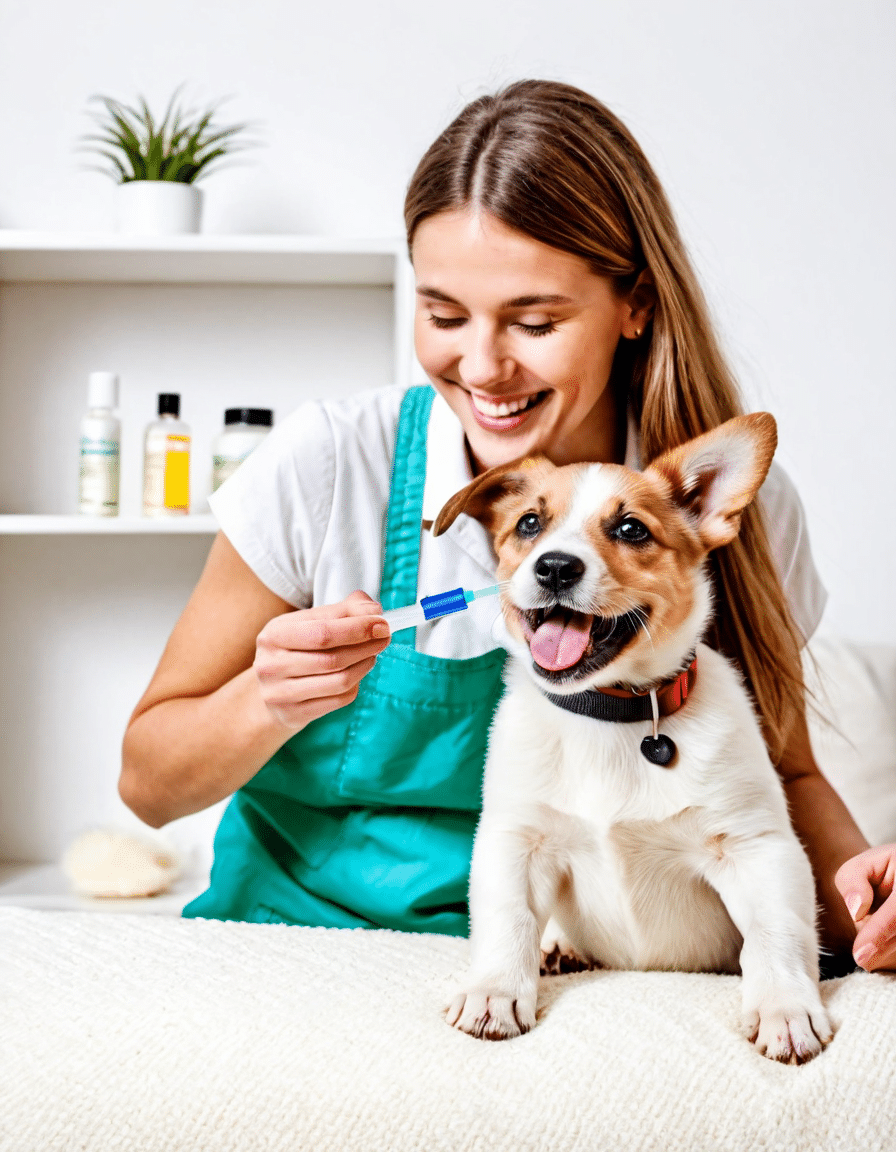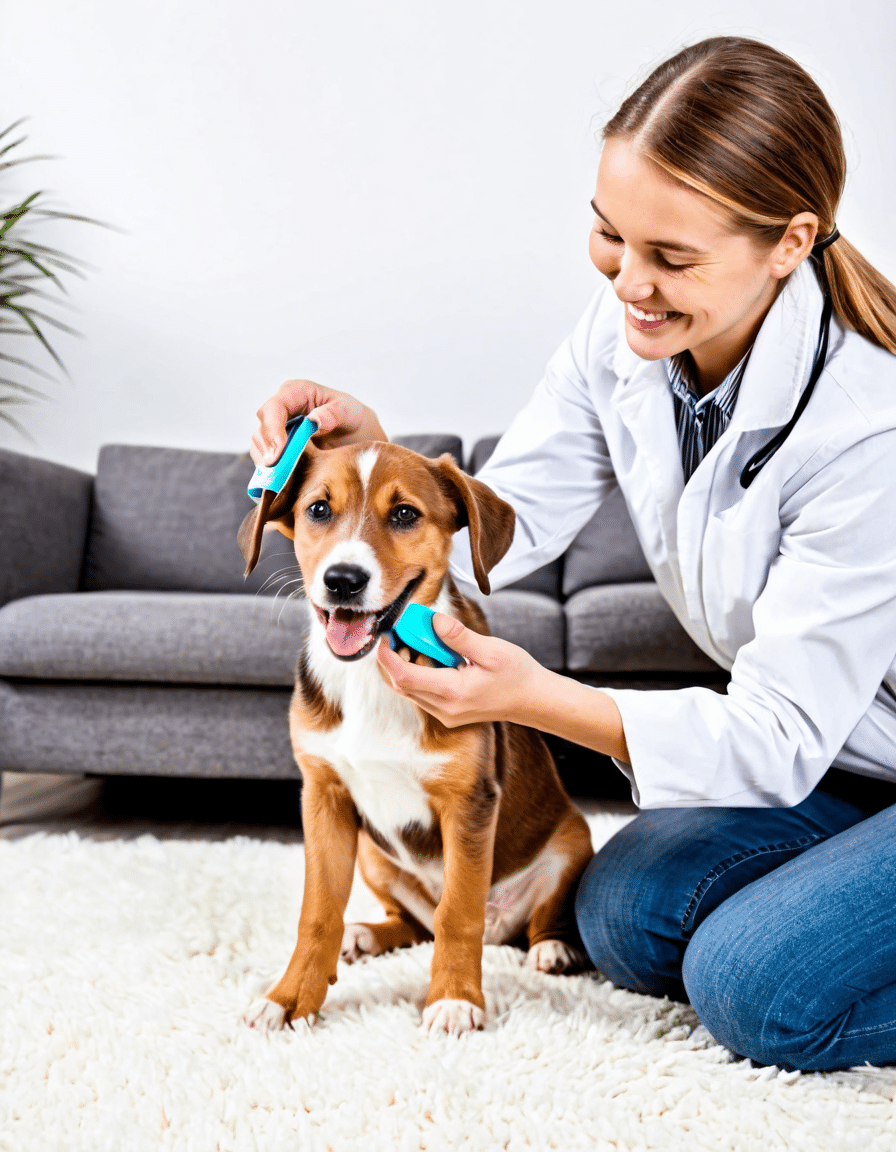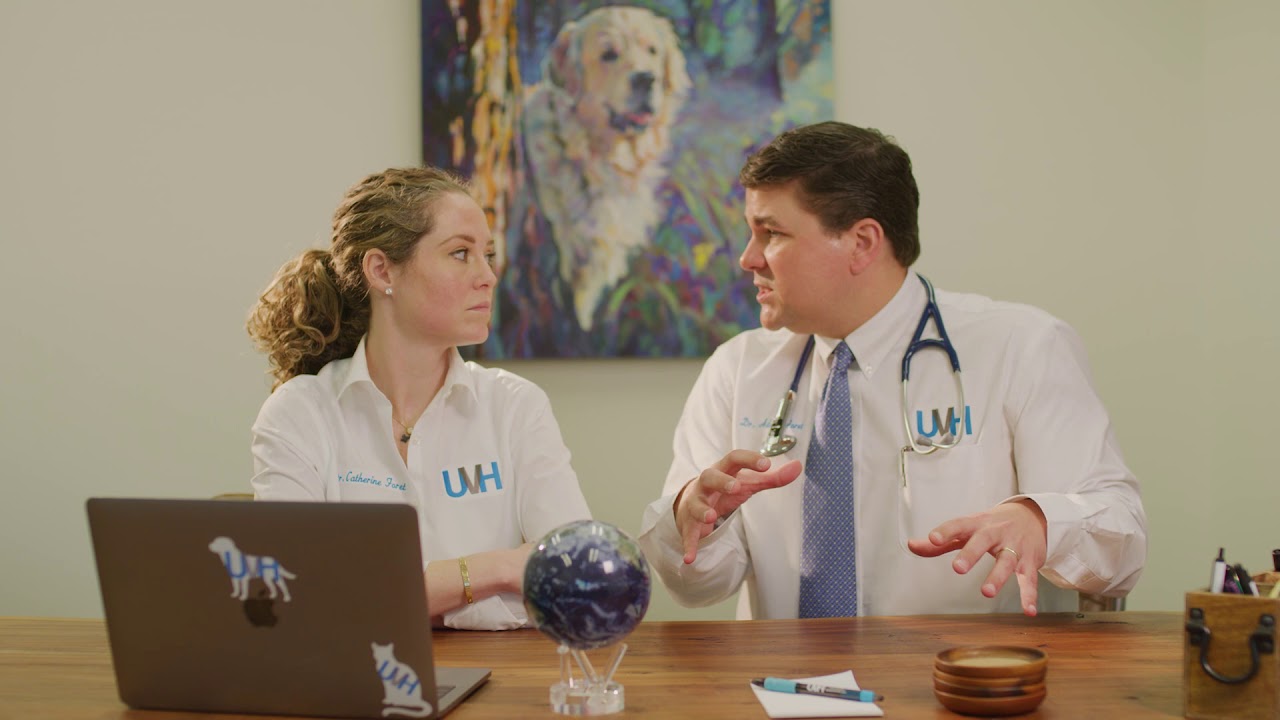Understanding how long it takes for flea medicine to work effectively is crucial for pet owners battling the nuisance of fleas. These pesky critters not only cause discomfort for your furry friends but can also pose health risks to both pets and humans. So, how long does it take for flea medicine to work? We’ve laid out the specifics on the timelines and efficiency of various flea treatments available today, helping you equip yourself and your pets with the knowledge they need to stay comfortable and healthy.
1. How Long Does Flea Medicine Take to Work?
Flea medicine comes in different forms, such as topical solutions and oral medications, and each has varying timelines for effectiveness. Knowing how long it takes for flea medicine to work can help you choose the right option for your situation.
a. Topical Treatments
Topical treatments, applied directly onto your pet’s skin, are among the most popular options. Here’s what you can expect:
b. Oral Medications
Oral medications are another great choice when you’re wondering how long does flea medicine take to work. Here’s the rundown:

2. Understanding the Flea Lifecycle: How Long Does It Take for Flea Eggs to Hatch?
To effectively combat fleas, it’s essential to understand their lifecycle, particularly if you’re dealing with an infestation. Fleas can lay eggs that take time to hatch, which plays a significant role in your treatment strategy.
a. Flea Egg Hatching Process
Flea eggs usually hatch in about 1 to 10 days. Under optimal environmental conditions—warm, humid environments—this process speeds up considerably. Conversely, colder or drier conditions can slow it down, extending the timeframe.
b. Pupae Stage
After hatching, fleas enter the pupal stage, which can last anywhere from just a few days to several months. This variability depends on the environment, including temperature and humidity levels. This is a critical aspect to remember, as it highlights why consistent flea treatment is necessary; waiting too long can give emerging fleas the chance to thrive.
3. Comparative Timeline: How Long Does it Take for Different Flea Medicines to Work?
A side-by-side comparison of how long specific products take to work can help you make informed decisions. Take a look at the following:
| Product | Type | Time to Kill Adult Fleas | Protection Duration |
|———————|—————-|——————————|————————–|
| Frontline Plus | Topical | 24 hours | 30 days |
| Advantage II | Topical | 12 hours | 30 days |
| NexGard | Oral | 30 minutes | 30 days |
| Bravecto | Oral | 2 hours | 12 weeks |
| Comfortis | Oral | 30 minutes | 30 days |
This table illustrates differences in how long it takes for flea medicines to work, empowering pet owners to select effective options.

4. The Importance of Consistent Treatment: How Long Does It Take for Flea Medicine to Work on the Entire Cycle?
When dealing with a flea infestation, don’t just focus on treating your pet; you also have to consider the home environment. Fleas can hide in carpets, upholstery, and bedding, making it crucial to adopt a comprehensive strategy.
Implementing these methods can create an environment less conducive to flea survival, meaning the treatments you give to your pet will be far more effective.
5. Additional Considerations: How Long Does It Take for Oral Stitches to Dissolve?
While this might be slightly off-topic, many pet owners may have questions about post-surgery care for their pets. If your pet has had surgery and received internal stitches, these typically dissolve on their own after 10 to 14 days.
Why This Matters
Management of flea treatments is critical, but it’s equally essential to understand post-surgery care in situations like an untreated flea allergy. Neglecting either aspect will interfere with your pet’s overall comfort and health.
Final Thoughts
Staying proactive with flea medication is vital for the health and comfort of your pets. Understanding timelines for different treatments and the lifecycle of fleas allows owners to take the necessary steps to effectively battle these insects.
By choosing the right flea medicine and following through with consistent treatment, pet owners can create a flea-free environment for their furry companions. Remember, flea control isn’t just a one-and-done task; it’s an ongoing journey that crucially impacts your pets’ well-being.
Before you go, don’t forget that pets need your care, and managing flea issues is just part of the job. Keep them happy, healthy, and pest-free!
How Long Does It Take for Flea Medicine to Work
When you’re battling those pesky fleas, a burning question that comes to mind is, “how long does it take for flea medicine to work?” Well, the answer can differ based on the type of medication you’re using. Some flea treatments kick in within just a few hours, effectively killing adult fleas, while others have a slower release that can take up to 48 hours to show results. The difference often boils down to the active ingredients in the product. For instance, oral medications usually act faster than topical ones, which sometimes take a bit longer to absorb into the skin.
Did you know that flea infestations can lead to more than just itchy bites? If your cat’s breath smells like death, it could be a sign of a more serious issue lurking beneath the surface, just like fleas can indicate other health problems! Flea treatment varies, as each medication might focus on different life stages of fleas. Some prevent immature fleas from growing, while others target adults. With so many options available, understanding your pet’s specific needs is crucial for effective treatment. A little homework goes a long way—much like knowing if your dog can eat fries or not!
Once you’ve chosen the right flea medicine, regular check-ins are essential. Noticing that your chosen treatment isn’t performing as expected? Keep an eye out for any lingering fleas or signs of discomfort in your pet. Sometimes, repeat treatments are necessary, and you might want to consult your vet to fine-tune the approach. After all, your furry friend’s comfort is the priority! And speaking of comfort, a dog’s happiness is just as important as a well-cared-for cat or even a mini Cavapoo full grown—each requires tailored attention to stay healthy and happy.






